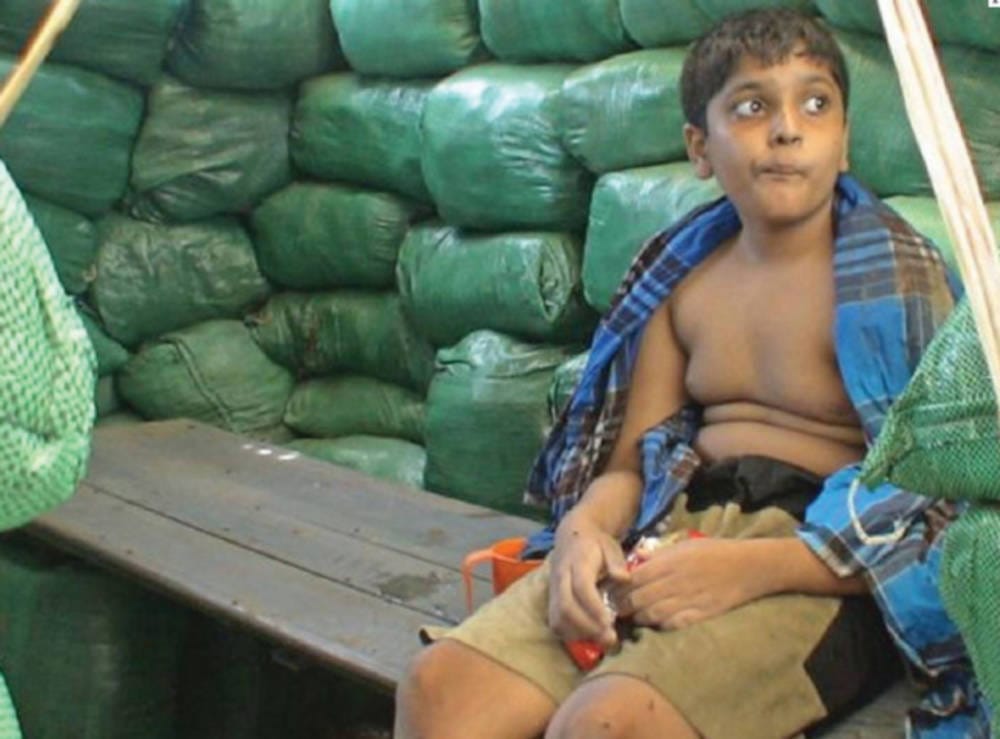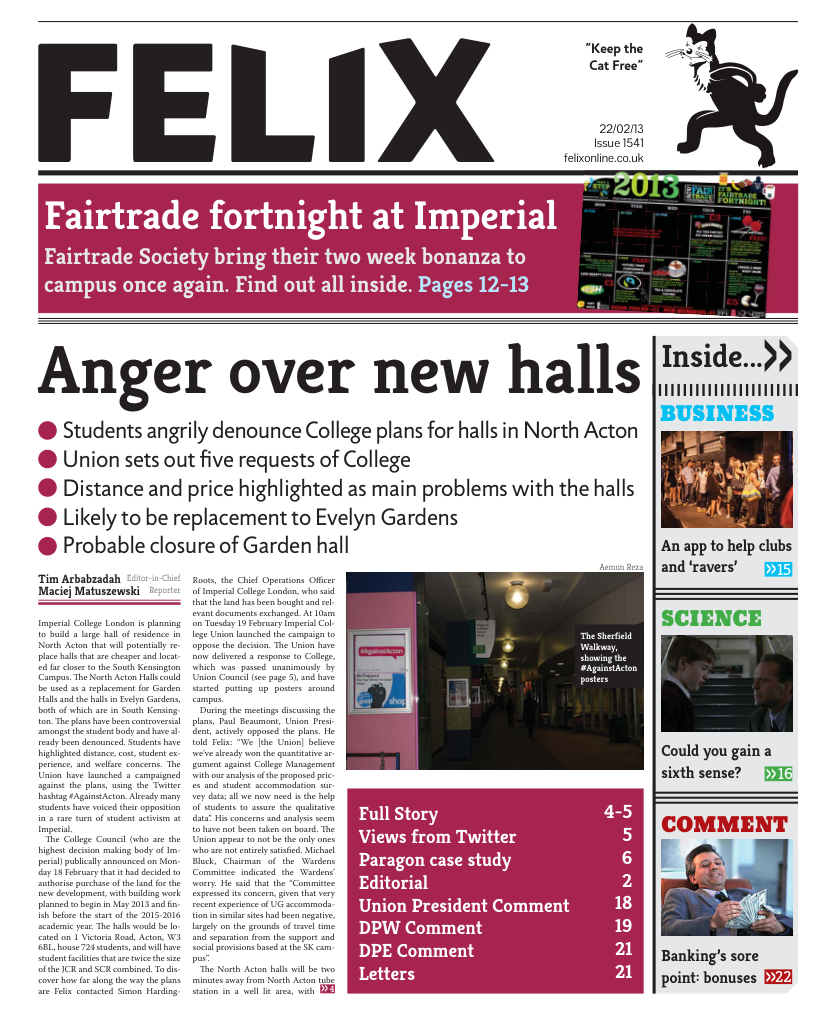The Execution of a 12-Year-Old Boy
It is vital that the international community acknowledge the realities of the war in Sri Lanka, argues Visakan Balakumar

It is a war that has produced some of humanity’s most shocking and depraved images. But the new photographic evidence, released by Channel 4 News last Monday, is perhaps the most disturbing yet. The first photo shows Balachandran Prabakaran, the 12-year-old son of a Tamil Tiger, being held captive by the Sri Lankan army and looking up anxiously from a fortified bunker. A second photo shows him nervously eating a snack, whilst being watched by a government soldier. Less than two hours later, he will be taken, executed at gun point – and then photographed a third time.
The third photo taken of Balachandran shows the 12-year-old collapsed on the ground with five bullet holes in his chest. Digital image analysis points to the fact that all three photos were taken with the same camera. A separate piece of video footage places the child’s corpse lying alongside the bodies of five dead male LTTE cadres. This too, appears to have been a war trophy filmed by government soldiers and shows the dead men, presumably Balachandran’s bodyguards, as having been stripped, bound, blindfolded and then shot in the head.
“The new photographs are enormously important evidentially because they appear to rule out any suggestion that Balachandran was killed in cross-fire or during a battle. They show he was held, and even given a snack, before being taken and executed in cold blood,” claimed the film’s director, Callum Macrae. “It is difficult to imagine the psychology of an army in which the calculated execution of a child can be allowed with apparent impunity. That these events were also photographed and kept as war trophies by the perpetrators is even more disturbing… With every month that passes, the evidence of systematic execution of prisoners grows. The pattern of apparent sexual violence against female fighters is disturbing in the extreme.” Most of the LTTE leadership, including the 12-year-old’s father and leader of the LTTE, Vellupillai Prabakaran, were killed by the Sri Lankan armed forces as they advanced on rebel territory. The Sri Lankan military stands accused of a long list of war crimes and crimes against humanity, including shooting LTTE members as they tried to surrender. These photos are the latest in a series of ‘trophy’ images and videos taken by Sri Lankan army personnel to have found their way off the island, including bound and blindfolded men being summarily executed and naked bodies of female combatants being sexually assaulted. They are part of the new evidence, due to be shown as part of the forthcoming documentary No Fire Zone: The Killing Fields of Sri Lanka. The feature-length documentary will be screened at the Geneva Human Rights film festival. No Fire Zone, the culmination of a series of three films, documents the war crimes committed by both sides in the final stages of the armed conflict in Sri Lanka.
The Sri Lankan government has ... refused any kind of independent mechanism investigating the final months of the war
The conflict has its roots in decades of violent oppression and state terrorism unleashed upon the Tamil nation in the Northeast of the island, by successive Sri Lankan governments that were democratically voted in by the numerically greater Sinhalese community, concentrated in the south. Liberal Democrats deputy leader, Simon Hughes, echoed the sentiments of a majority of Tamil people when he declared that the ongoing ethnic strife was “unarguably a genocide”. It was out of this struggle, for the right of Tamil people to exist, that the Liberation Tigers of Tamil Eelam (or LTTE) were formed and began to wage an armed war in order to create a separate state, Tamil Eelam, in the Northeast of island. The return to sovereignty for the Tamil nation, which had existed as an independent entity until the entire island was brought under a single administration in colonial times, enjoyed overwhelming endorsement by democratic means with a Tamil separatist party winning an unprecedented 80% of seats in Tamil areas of the island in the 1977 Sri Lankan parliamentary elections.
The documentary follows on from the “Petrie Report”, the UN’s own damning internal report released in November last year. The report criticised the UN leadership, UN Security Council and top UN officials in Sri Lanka. There was “a grave failure of the UN to adequately respond to early warnings and to the evolving situation during the final stages of the conflict and its aftermath, to the detriment of hundreds of thousands of civilians and in contradiction with the principles and responsibilities of the UN,” one extract from the report read. While the Sri Lankan government has staunchly and repeatedly refused any kind of independent mechanism investigating the final months of the war, the UN estimated in 2011 that at least 40 000 Tamil civilians were killed. This estimate has since increased.
The report stated that “a large majority of the civilian casualties recorded by the UN had reportedly been caused by Government fire, but the UN did not present this data”. It went on to say that “the UN was placing primary emphasis on LTTE responsibility when the facts suggested otherwise.” One may wonder how the Sri Lankan government would have reacted had the UN reported these figures, and as a result, there had been a high level of pressure on the regime from the international community. It is perhaps most distressing that the death of tens of thousands of civilians could have been averted had the UN, a body with a mandate to protect those very civilians and indeed people across the world, adopted a harder stance.
It is abundantly clear that the UN must adopt a much stronger and more proactive role in the future. With the outbreak of full scale civil war in Syria, the onus is on the UN Human Rights Council to take measures to make sure that justice and accountability, for the war crimes and crimes against humanity such as those shown in “No Fire Zone”, is provided not just to the Tamil nation in the island of Sri Lanka, but to people all around the world. With the US confirming that they will sponsor a resolution against Sri Lanka in the March session of the UNHRC, whether that resolution passes, and the strength of it, will be an important first step in the UN repairing its heavily damaged credibility. If you are further interested, please visit nofirezone.org, the website of the upcoming documentary.






